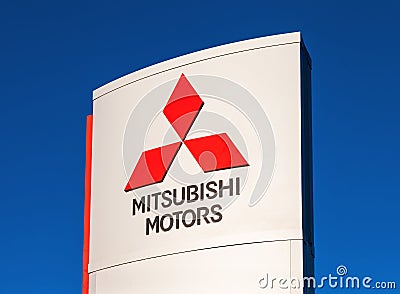Nissan on Thursday announced the successful acquisition of a 34 percent stake in fellow Japanese automaker Mitsubishi. Toyota has had their share of problems too, like the supplier problem coupled with an explosion at a steel supplier in February forcing Toyota’s Japanese factories to shut operations for a considerable amount of time. Hyundai’s growth is all the more impressive given that the automaker was ranked eleventh amongst automakers less than a decade ago. Fortunately, through Volvo’s leadership, many automakers around the world have incorporated Volvo’s high safety standard.
Although overall market share is very small at 1.6{c0ab263b3175d981033b17d6eec654a369e659a5af23b80a9510e95dedf16ccb}, the trend for further growth is in place as the Korean automaker introduces European versions of its Optima sedan, Sedona minivan, and other models. If automakers can maintain incentive levels and pricing, the current environment of low interest rates and cheap fuel should enable automakers to continue cranking out profits even as the market stalls. It may have seemed like Mercedes-Benz was letting BMW and Audi take the lead with electric cars, but the automaker now considers it the right time to jump into the fray. This comes as every other automaker puts the deep recession behind it, selling many more cars in 2010 than they did in 2009. The Japanese automaker said it offered the buyouts because of higher demand for passenger cars combined with lower demand for trucks and sport utility vehicles. The automaker plans to pay ¥80 or $0.67, a share this business year, up from ¥67 in 2006.
The German automaker also has plans to launch commercial trucks that would rival concepts from Nikola Motors and other manufacturers beginning to announce plans for heavy-duty transport Mercedes would have a sub-brand devoted to these electrified models similar to the BMW i line of vehicles on the road now.
Automakers are not yet sure how Americans will react to the shrinking interior space, but Rebecca Lindland of IHS Automotive predicted strong growth in these segments, with at least 850,000 cars per year in the B-Segment by 2015, up from the current level of 300,000.
While we don’t intend to assign blame of the breakup for the joint venture, and while it remains to be seen whether the dissolution of the partnership is a good long-term move for Fiat and Tata, the example does provide an important illustration about why automakers need to have strong alliances with their dealer networks.
